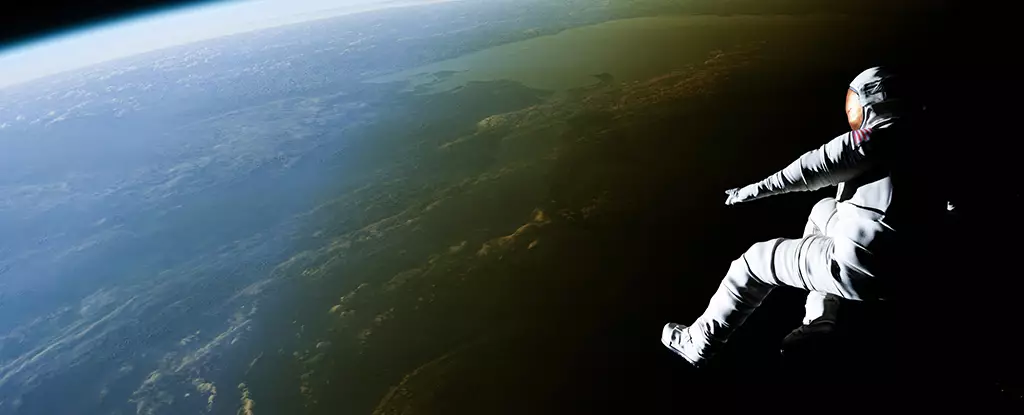As NASA’s Artemis program aims to return astronauts to the Moon and establish a permanent presence in space, the field of forensic science is facing unique challenges presented by the extraterrestrial environment. One emerging discipline, known as astroforensics, is seeking to understand how altered gravity and other variables in space impact forensic investigations.
In the vast expanse of space, forensic investigations face a multitude of challenges that are not encountered on Earth. These challenges include altered gravity, cosmic radiation, temperature extremes, and the need for artificial climate systems to provide oxygen. Unlike the familiar setting of Earth, where gravity plays a constant role in shaping our reality, the reduced gravity in space introduces new challenges for disciplines like bloodstain pattern analysis.
Impact of Altered Gravity on Bloodstain Pattern Analysis
One of the key aspects affected by altered gravity in space is bloodstain pattern analysis. This forensic science relies heavily on gravitational effects to determine the circumstances under which bloodstains are formed. In a recent study conducted in a microgravity environment, researchers found that the behavior of blood drops and the resulting stains differed significantly from those on Earth.
Experimental Findings in Microgravity
During the experiment, blood drops were projected onto a surface in a microgravity environment, mimicking the conditions in space. Unlike on Earth, where blood tends to fall in a parabolic manner due to gravity, the blood in microgravity continued to travel in a straight line until it hit the surface. This observation demonstrates the impact of inertia in a low-gravity environment on the behavior of blood.
Another significant finding from the experiment was the impact of surface tension and cohesion on the spreading action of blood upon striking a surface. On Earth, the spreading of blood drops is influenced by gravity, resulting in a specific staining pattern. In microgravity, however, the spreading action is inhibited by surface tension and cohesion, leading to smaller and differently shaped stains.
As we delve into the impact of altered gravity on forensic science in space exploration, the implications extend beyond just bloodstain pattern analysis. This research has the potential to influence fields such as fluid dynamics in spacecraft design and forensic engineering in space. To further advance this new forensic discipline, larger microgravity environments will be necessary for more comprehensive studies in the future.
The study of astroforensics is opening up new avenues of research into the behavior of forensic evidence in space. By understanding the impact of altered gravity and other variables in extraterrestrial environments, we can enhance our knowledge of forensic science and its applications beyond Earth. As humanity continues its expansion into space, the field of astroforensics will play a crucial role in ensuring that justice and scientific inquiry prevail in the final frontier.



Leave a Reply